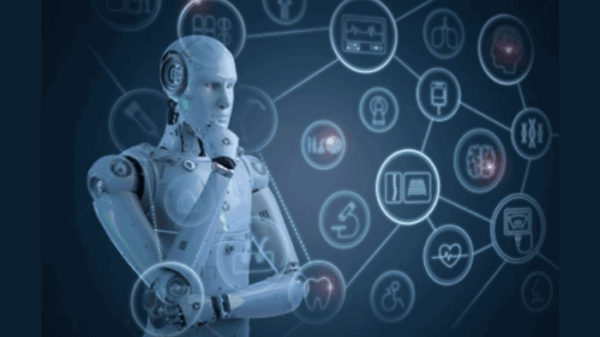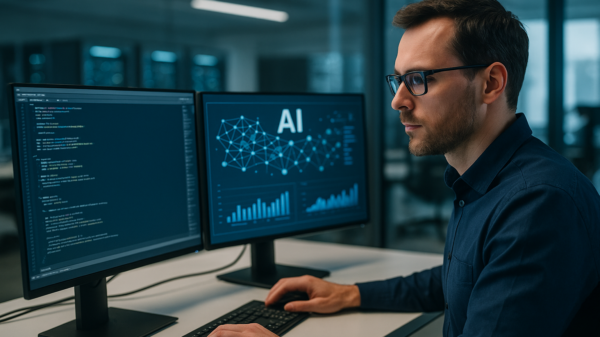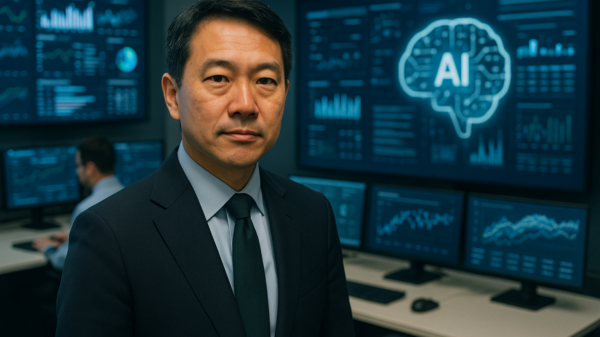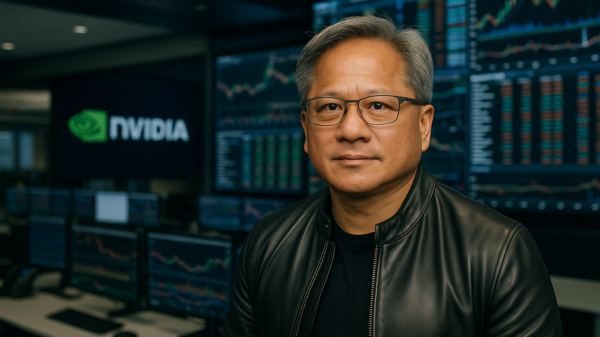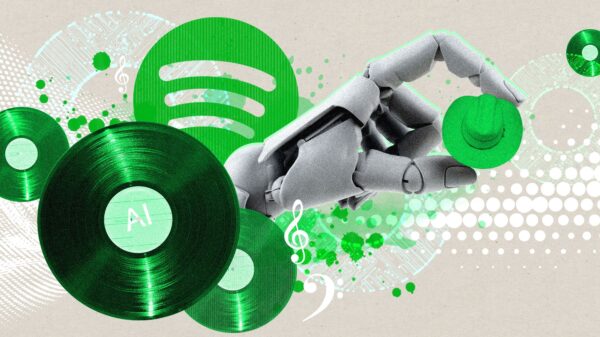Over the last decade, two sweeping predictions have echoed in tech circles: “Radiologists are about to be replaced by AI,” and “Self-driving cars are around the corner.” Despite their confidence, both forecasts have failed to materialize as expected, largely due to the underestimation of what is often referred to as the “last mile” of technology deployment.
Achieving 99% accuracy may sound impressive, but in critical sectors like healthcare, that last 0.1% can lead to significant consequences. This precision gap can mean the difference between a benign incident and a catastrophic malpractice lawsuit. As discussions intensify about how AI will transform healthcare, a closer examination of radiology—the field where AI integration has been most prominent—proves instructive.
Radiology Didn’t Get Replaced, It Got Busier
In 2016, renowned AI researcher Geoffrey Hinton suggested halting the training of radiologists, as image-recognition AI was advancing rapidly. Benchmarks seemed promising, and radiology appeared to be a prime candidate for automation. However, contrary to expectations, the demand for radiology services has only increased. There is now a greater complexity and specialization required in the field, and while AI tools have improved, the profession itself has expanded.
The primary reason for this growth? The role of a radiologist encompasses much more than merely interpreting images. It involves understanding patient histories, laboratory results, prior studies, and communicating with clinicians, all within a framework of legal and insurance considerations. AI has thus encountered the benchmark problem: it measures technical performance but falls short of capturing the full scope of the radiologist’s responsibilities. Andrej Karpathy, a leading figure in AI and former director of AI at Tesla, aptly pointed out that jobs perceived as simple often comprise a bundle of complex tasks.
Moreover, even if AI enhances efficiency, it can inadvertently lead to increased workloads. As radiologists become capable of processing 30% more studies per hour, hospitals tend to assign them more work, creating a paradoxical effect.
AI’s Misunderstood Role in Healthcare
The key takeaway from the radiology experience is not that AI has failed; rather, we have misunderstood the nature of the job. AI can be a remarkable tool without fully replacing human expertise. A parallel can be drawn with self-driving cars, which may handle 99% of driving scenarios, yet humans still need to intervene during the uncommon, unpredictable events that occur frequently in the real world. In healthcare, the high stakes of edge cases make it clear that replacing healthcare professionals is not a near-term objective; instead, the focus should be on using AI to augment their capabilities.
Transforming Healthcare with AI
In every industry, there exists the concept of a “10x engineer”—a term describing professionals whose productivity and output greatly exceed their peers. In software development, such individuals are often rare, distinguished by their unique combination of skill, experience, and intuition. The promise of AI lies in its potential to elevate standard healthcare professionals to a similar status—not by changing the individuals but by enhancing their tools and resources.
Currently, healthcare professionals face a deluge of administrative responsibilities, including forms, double documentation, coding requirements, and incomplete communication across systems. Much of the burnout within the sector stems from the burdens surrounding patient care rather than the care itself. Here is where AI can truly excel:
- Summarizing patient charts and imaging histories
- Drafting clinical notes
- Reducing errors by identifying inconsistencies
- Assisting with triage
- Preparing prior authorizations
- Following established protocols
- Providing a second opinion on subtle findings
By addressing these repetitive, operational tasks, AI has the potential to transform healthcare providers into “10x physicians,” empowering them with the capabilities to serve patients more efficiently.
The most significant opportunities for AI in healthcare lie beyond direct patient interactions. The operational landscape of healthcare contains numerous automatable tasks: from scheduling operating rooms and managing inventory to financial auditing and compliance assurance. These tasks often create bottlenecks and inefficiencies, which AI can address more effectively.
Hospitals do not require AI-based surgeons; the real gains will come from AI-assisted scheduling, supply chain management, and billing audits. Such tools can make existing staff more efficient, accurate, and coordinated, ultimately unlocking greater capacity for healthcare organizations.
In summary, the narrative surrounding AI should pivot from fears of replacing human jobs to the realities of enhancing operational efficiency. AI is not set to substitute healthcare professionals but to alleviate the friction and inefficiencies that hamper their work. As we look to the future, the objective is not an AI-driven hospital overseen by a handful of humans, but an integrated system where:
- Clinicians can operate at their highest capacity
- Documentation takes mere minutes
- Scheduling adjusts in real time
- Inventory manages itself
- Billing discrepancies are caught proactively
- Administrative overhead is significantly reduced
The forthcoming decade in healthcare should be characterized by AI serving as an invaluable support staff, leading to transformative improvements rather than job displacement. Organizations that embrace AI integration across all layers—clinical, operational, and financial—will outpace their counterparts who resist this shift.
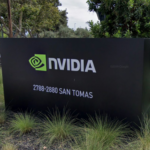 NVIDIA Achieves Record $57B Q3 Revenue, Driven by Soaring AI Chip Demand
NVIDIA Achieves Record $57B Q3 Revenue, Driven by Soaring AI Chip Demand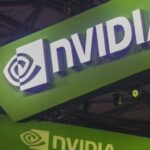 Nvidia Surpasses Earnings Expectations with Strong A.I. Chip Demand Amid Bubble Concerns
Nvidia Surpasses Earnings Expectations with Strong A.I. Chip Demand Amid Bubble Concerns Felix Wallis Shares Key Strategies for Landing an AI Role Right After College
Felix Wallis Shares Key Strategies for Landing an AI Role Right After College AI-Enabled Fraud Surges 1,200% in Mexico as Governance Struggles to Keep Up
AI-Enabled Fraud Surges 1,200% in Mexico as Governance Struggles to Keep Up Telstra Advances Network as a Product Strategy with New AI-Driven APIs for Developers
Telstra Advances Network as a Product Strategy with New AI-Driven APIs for Developers





